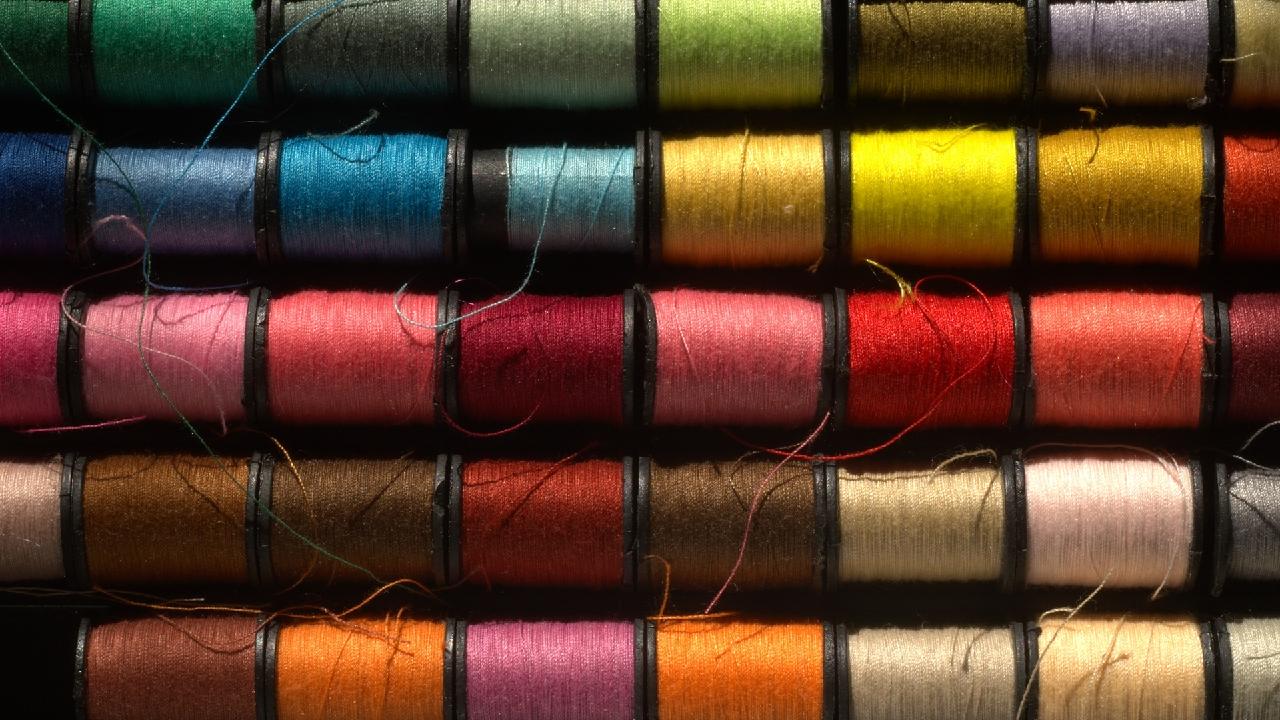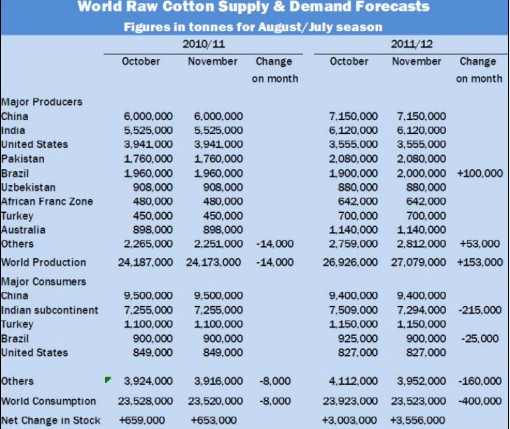Take the case of Mumbai-based designer Rahul Mishra, whose 2009 collection ¡°Butterfly Effect¡± was loved by Miki Kano of Saaya boutique in Tokyo. Or Delhi-based Aneeth Arora who has just completed her ¡°spring delivery of outfits in fine cotton, khadi and jamdani¡± for Journal Standard Luxe, a woman¡¯s store in Shibuya-Ku, an upscale neighbourhood of Tokyo. She got orders for her autumn collection too before the earthquake shuddered Japan. Her menswear line is also stocked by United Arrows, a Japanese clothing company, with stores across Japan. Even a kitschy Nida Mahmood finds a place in Tomoko Inuza¡¯s store Beams in Harajuku, Tokyo¡¯s shopping and entertainment district. Inuza is a committed India enthusiast. She runs a boudoir-styled store with husband Katsuhiro, and is seen at every edition of Wills India Lifestyle Fashion week (WLIFW) in the front row, dressed head-to-toe in Manish Arora. ¡°Japanese buyers are sensitive to the feel of a garment. They believe in trust and move on to ordering bigger consignments once they develop it,¡± says Arora.
Veteran designer Neeru Kumar, who has sold to Japan for the last 22 years, long enough to develop personal relationships, says, ¡°The Japanese market is very layered. On the one hand, there is streetwear popular among youngsters, on the other there is this deep pride in textiles. Garments with good texture sell in Japan which reflects good taste.¡± Among Kumar¡¯s best-selling items there are handmade throws, rugs and towels.
Pradeep Hirani, founder-chairman of multi-designer boutique, Kimaya, agrees. ¡°Japanese are the biggest patrons of handmade textiles. They appreciate it the most because in their country everything is machine-made. Which is why Indian handwoven textiles stand out for them. Besides, we also offer them an unbeatable price, when compared to their own products.¡±
Just before Japan was tragically hit by the tsunami, Lakme Fashion week (LFW) announced Tokyoeye, a show with creations by three contemporary Japanese fashion designers, Motonari Ono, Tamae Hirokawa and Sara Arai. Despite the news of the earthquake and the tsunami, the show went on as planned. Each collection got a roaring applause. This signalled that the design curiosity between the two countries is reciprocal. As Akiko Shinoda, Director, International Affairs of the Japan Fashion Week Organisation (JFWO), who was part of the delegation to India, says, ¡°With heightened interest of Indians in Japanese fashion, your country is a big demand base us¡±. A concrete step was taken when the President of the JFWO, Masahiko Miyake signed a Memorandum of Understanding with Rahul Mehta of the Clothing Manufacturers¡¯ Association of India with its objectives of training, education and participation in each others¡¯ fashion weeks.
For now, the attendance of buyers at the forthcoming WLIFW is not confirmed. Sanchita Roy, production manager with Indian exporter, Jamuna enterprises, who deals with Japanese buyer Yamagishi, Sun Motoyama, who has been coming to India for 10 years and stocks Rahul Reddy designers says it is too early to know if the next season will be as usual. President of Fashion Design Council of India, Sunil Sethi, wasn¡¯t available for comment.




